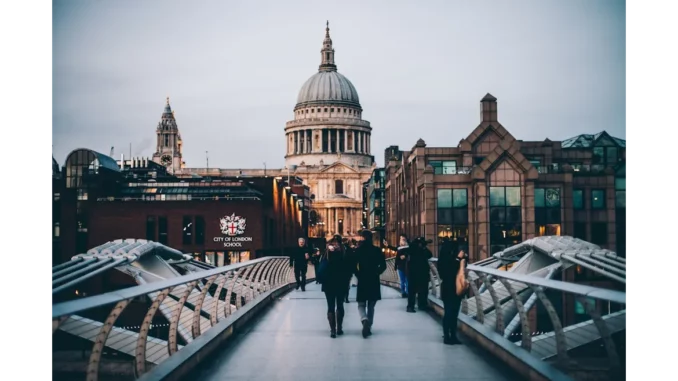
The unveiling of Historic England’s “Heritage at Risk Register” for 2024 serves as an annual rallying cry for heritage enthusiasts and urban planners alike. This crucial document highlights historic sites across the nation that face threats from decay, neglect, or unsuitable development, reminding us of the delicate equilibrium between conserving our past and shaping our future. This year, several London sites have been newly identified as ‘at risk,’ while others have been successfully removed due to dedicated conservation efforts.
Focus360 Energy: property compliance services – pre-planning to post-construction. Learn more.
In an effort to gain a deeper understanding of this year’s register and its implications for London, I engaged in a conversation with Charlotte Williams, a fervent conservation advocate and volunteer with a local heritage organisation. Over cups of Earl Grey in a cosy café overlooking the Thames, Charlotte shared her insights and experiences regarding the Heritage at Risk Register, providing a window into the ongoing challenges and successes of safeguarding the capital’s historic landmarks.
“The release of the new register each year is a moment filled with both anticipation and anxiety,” Charlotte began, her expression a blend of excitement and concern. “For those of us deeply involved in conservation, it’s heartening to see sites being removed from the list, but it’s also a stark reminder of the significant work that remains.” Charlotte elaborated on how the register functions as an essential tool for pinpointing sites in dire need of attention. This year, a number of iconic London sites have been newly classified as at risk, including several lesser-known treasures that, in her opinion, merit as much recognition as their more famous counterparts.
Charlotte emphasised the importance of not only focusing on grand, high-profile buildings but also on the smaller, less conspicuous places that narrate the stories of everyday Londoners throughout history. “These places are just as important because they add layers to our understanding of the city’s past,” she asserted. One such site is an unassuming Victorian-era pub, tucked away in a once-vibrant neighbourhood now overshadowed by modern developments. “It’s places like these,” Charlotte remarked, “that encapsulate the community’s spirit. They are witnesses to history, and losing them means losing a part of ourselves.”
While discussing the newly added sites, Charlotte’s face brightened when she mentioned those that have been successfully removed from the register due to relentless restoration efforts. “It’s incredibly rewarding to see a site come off the list,” she stated. “It means that all the hard work, fundraising, and community support have paid off. It’s a testament to what we can achieve when we unite for a cause.” However, the journey to preservation is seldom straightforward. Charlotte recounted numerous obstacles faced by those in the field, ranging from securing funding and navigating bureaucratic red tape to kindling public interest. “Raising awareness is a crucial part of our mission,” she explained. “People need to understand why these sites matter and why they should care. Once they see the value, support often follows.”
Charlotte also highlighted the transformative role of technology in contemporary conservation efforts. “In recent years, we’ve witnessed incredible advances with digital tools,” she noted. “Virtual reality tours, 3D scanning, and even drones are now being employed to assess and showcase these sites in ways previously unimaginable. It’s an exciting time to be involved in this work.” As our conversation drew to a close, Charlotte offered a poignant reflection on the wider significance of the Heritage at Risk Register. “It’s not just about bricks and mortar,” she mused. “It’s about identity, continuity, and belonging. These sites connect us to our roots, and preserving them is a way of honouring all those who came before us.”
As I departed the café, I was deeply moved by the passion and commitment that individuals like Charlotte bring to the mission of preserving our shared heritage. The “Heritage at Risk Register” transcends its role as a mere list of endangered sites; it is a call to action, a reminder that history is not merely to be remembered but actively safeguarded for future generations. In a city as dynamic and ever-evolving as London, maintaining this balance is no small feat. Yet, with dedicated individuals and communities rallying together, there is hope that the stories of the past will continue to be told, not just through written accounts, but through the very walls and streets of the city itself.


Be the first to comment